Introduction
What Color Are Canaries: Canaries, those vibrant and melodious birds often associated with cheerful chirps and lively songs, are not only beloved for their musical talents but also for their striking plumage. The question of what color canaries come in is a captivating one, as these small avian wonders exhibit a diverse range of hues that can leave admirers captivated by their natural beauty. From bright and sunny yellows to subtle pastels and even exotic variations, the colors of canaries pets have long fascinated both bird enthusiasts and artists alike. In this exploration, we will delve into the fascinating world of canary colors, unraveling the intricacies of their genetics and the factors that contribute to their astonishing array of shades. Whether you’re a curious observer or an aspiring canary owner, understanding the palette of canary colors will undoubtedly deepen your appreciation for these delightful feathered companions. These captivating birds, native to the Canary Islands, have a rich history of being bred and admired for their stunning plumage.
Throughout the centuries, canary breeders have selectively cultivated various color mutations, resulting in an impressive spectrum of colors and patterns. From the vibrant yellows that are often associated with canaries to softer shades of white, green, and blue, these birds have become a canvas of nature’s artistry. The diversity of canary colors is not only a testament to the wonders of genetic variation but also a reflection of human creativity and dedication in breeding. This meticulous breeding process has given rise to numerous canary breeds, each distinguished by its unique coloration and markings. As we embark on this journey to uncover the world of canary colors, we will explore the science behind their hues, the historical significance of different colorations, and the various breeds that showcase the breathtaking range of colors canaries can exhibit.
Whether you’re a seasoned canary enthusiast or simply curious about the stunning plumage of these feathered companions, this exploration will provide you with a deeper understanding of what makes canaries such a captivating and colorful species. One of the most iconic and widely recognized canary colors is the vibrant yellow. The wild canary, Serinus canaria, sports a predominantly yellow plumage, which is often seen as a symbol of warmth and happiness. However, selective breeding has given rise to an array of yellows, ranging from pale lemon to intense, fiery shades. Beyond yellow, canaries can be found in other captivating colors such as white, which exudes purity and elegance, and green, which adds a touch of earthiness to their appearance. Some canaries exhibit the mesmerizing combination of colors, known as variegation, where patches or streaks of different hues blend together, creating unique and eye-catching patterns.
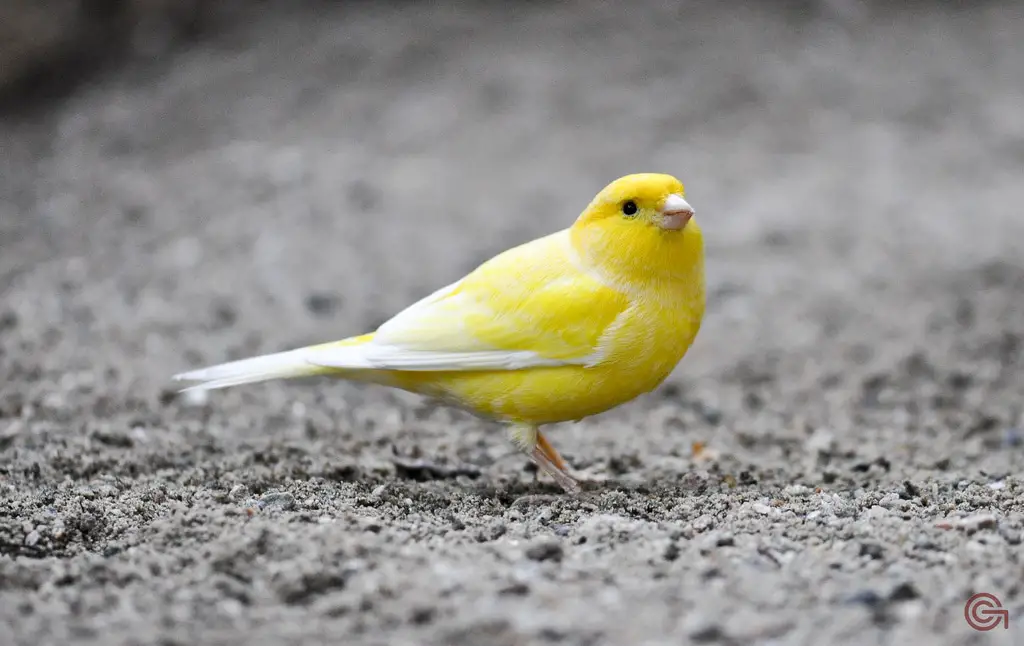
What is the color of a canary?
There are three main layers of colours seen in them: Yellow, green and black. These layers are present underneath each other. Wild canaries are mainly greenish yellow in colour with yellow underparts. Due to the presence of brown melanin pigment, their underpart is yellow.
Yellow is perhaps the most iconic color associated with canaries. Domesticated canaries come in various shades of yellow, from pale lemon to deep, vibrant hues. The wild canary’s natural yellow plumage served as the foundation for selective breeding, resulting in a spectrum of yellow variations.
White canaries are characterized by their pure, snow-white plumage. These birds are admired for their elegance and simplicity, and they make a striking contrast when paired with other colorful canaries.
Green canaries exhibit greenish-yellow plumage, often reminiscent of the lush foliage found in nature. The green coloration is a result of specific genetic mutations and selective breeding.
Variegated canaries showcase a mix of colors, creating unique and eye-catching patterns. These patterns can include patches, streaks, or spots of different colors, adding a touch of complexity to their appearance.
What is the most common color of canary?
Due to the selective breeding of the domestic canary, canaries come in an array of bright colors, including orange, white, red, and yellow. Yellow is the most common color for the domestic canary.
Canary enthusiasts and breeders have long been captivated by the sunny, vibrant hues of yellow canaries. This fascination led to extensive breeding programs designed to enhance and diversify the shades of yellow among domestic canaries. As a result, there is now a wide spectrum of yellow canaries available, ranging from the palest lemon yellows to deep, intense golden yellows.
Yellow canaries are cherished for their cheerful and bright appearance. They are often associated with happiness and positive energy, making them popular pets and songbirds for many bird enthusiasts. Their melodious songs, combined with their sunny plumage, create a sense of warmth and delight that has made them a beloved species in the world of aviculture.
While yellow is the most common color among canaries, it’s important to note that selective breeding has also produced canaries in various other colors, including white, green, blue, red, orange, and variegated patterns. These variations have added depth and diversity to the world of canary colors, allowing enthusiasts to explore a wide range of options when choosing these charming birds as pets or for exhibition.
What is the best color canary?
Of lipochromes, yellow is the best-known color variety. The most prized show yellow canaries have no dark pigment even on the feet or beak. White birds have lost all yellow pigment except for the shafts of the flight and tail feathers. The English white is a different mutation and have no yellow.
Yellow canaries are the most traditional and iconic choice. They are celebrated for their cheerful and sunny appearance, symbolizing happiness and positivity. If you value the classic canary look and appreciate their melodious songs, a yellow canary might be your top choice.
White canaries exude elegance and purity. They make a striking and peaceful addition to any aviary or home. If you prefer a clean and minimalist aesthetic or wish to create a tranquil atmosphere, white canaries are an excellent option.
Green canaries showcase a harmonious blend of greenish-yellow plumage, reminiscent of the natural world. If you have a love for nature and seek a canary that embodies a sense of vibrancy and vitality, a green canary could be your ideal choice.
Blue canaries are less common but equally captivating. Their unique coloration adds an air of mystery and sophistication. If you’re looking for something distinct and unusual, a blue canary might be the best fit for you.
What is unique about a canary?
People also seek canaries as pets because of their ability to sing melodious songs and their colourful appearance. However, only the male Canary bird is capable of singing. The female bird only chirps. Male Canaries sing to woo female canaries.
One of the most distinctive and cherished traits of canaries is their enchanting singing ability. Male canaries, in particular, are renowned for their melodious and complex songs. Their vocalizations are not only beautiful but also diverse, with different canary breeds producing unique song patterns. This exceptional singing talent has made canaries popular as pets and companions for those who appreciate their musical contributions.
Canaries are renowned for their astonishing array of plumage colors. Through selective breeding over generations, enthusiasts have created a diverse palette of canary colors, ranging from traditional yellows to striking reds, blues, and variegated patterns. This diversity allows individuals to choose canaries that suit their aesthetic preferences and create visually captivating aviaries.
Canaries have a relatively long lifespan compared to many other small birds. With proper care and a healthy environment, canaries can live for up to 7 to 10 years or even longer. This extended companionship makes them cherished members of many households.
Is canary or budgie better?
They’re far more affectionate than the canary and sport a bicolor plumage with a crest. For beginners, the parakeet (budgie) is the best choice. They’re friendlier and easier to train, all while remaining a low-maintenance pet.
Canaries are renowned for their melodious songs, particularly the males. If you appreciate a bird with a beautiful singing voice, canaries are an excellent choice. Their songs can be soothing and enjoyable to listen to.
Canaries come in a wide variety of striking colors and patterns. Their colorful plumage adds aesthetic appeal to any room or aviary, and they are often chosen as pets for their visual beauty.
Canaries are relatively low-maintenance birds. They require a clean cage, fresh water, a balanced diet, and minimal interaction to thrive. This makes them a suitable option for individuals with busy lifestyles.
Can a canary be blue?
The all blue male Indigo Bunting sings with cheerful gusto and looks like a scrap of sky with wings. Sometimes nicknamed “blue canaries”, these brilliantly colored yet common and widespread birds whistle their bouncy songs through late spring and summer all over eastern North America.
True blue canaries have a uniform, clear blue plumage without any markings or patterns. These birds are the result of specific genetic mutations that reduce the amount of melanin (dark pigment) in their feathers, resulting in the blue coloration. True blue canaries are often considered a rare and prized variety due to their pure and striking blue hue.
Some blue canaries may exhibit markings or patterns in addition to their blue feathers. These patterns can include variegation, streaks, or patches of other colors, such as white or black. These variations are a result of additional genetic factors that influence the distribution of pigments in their plumage.
It’s important to note that the blue coloration in canaries can vary in intensity and shade, ranging from a soft sky blue to a deeper, more vibrant blue, depending on the specific genetic mutations at play.
Breeding blue canaries requires careful selection of parent birds with the appropriat genetic traits to produce offspring with the desired blue coloration. This breeding process is a testament to the dedication and expertise of canary breeders who work to preserve and enhance the unique characteristics of these birds.
Are female canaries yellow?
The male has bright yellow underparts, yellow-green upperparts, and a well-marked face pattern. The female is drab gray-brown with streaky underparts, yellowish edges of the wing feathers, and a yellow rump.
Female canaries can be yellow, but their coloration is not as consistently vibrant or intense as that of their male counterparts. In the wild and among many domestic canary breeds, female canaries tend to have more subdued or paler yellow plumage compared to males. However, female canaries can come in a range of colors beyond yellow, including green, brown, and variations of these colors, depending on their genetic makeup and the specific breed.
The differences in color between male and female canaries are primarily attributed to their sex-linked genetics. Male canaries typically have brighter and more vibrant plumage because they possess two copies of the “sex-linked recessive” gene (SRY) that promotes intense yellow or other coloration. In contrast, female canaries usually carry only one copy of this gene, resulting in a less saturated coloration.
It’s important to note that some canary breeds may exhibit variations in female coloration. For instance, the Harlequin canary breed features both males and females with similar, intense yellow plumage. In this breed, both sexes carry two copies of the SRY gene, leading to their shared coloration.
Are canary birds friendly?
Canaries are warm and friendly birds, and while they love socialization, they have no problems entertaining themselves when their owners are not at home. Canaries are perhaps best known for their vocal abilities, and for good reason – many canaries, like song canaries, are bred specifically for singing.
The degree of socialization a canary receives during its early life can significantly impact its friendliness. Canaries that are hand-raised or exposed to human interaction from a young age are more likely to be comfortable around people and may exhibit friendlier behavior.
Just like people, canaries have unique personalities. Some canaries are naturally more curious, outgoing, and inclined to interact with their owners, while others may be more reserved and independent.
Canaries are delicate birds, and not all of them enjoy being handled. Some may tolerate gentle handling and perching on a finger, while others may prefer to stay in their cage and interact from there.
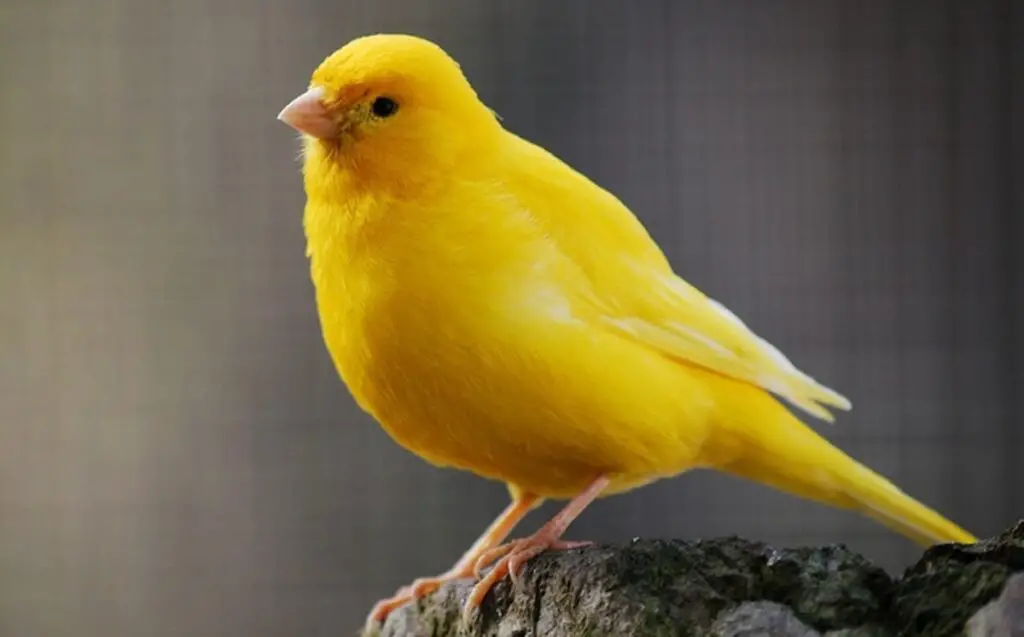
Conclusion
The world of canary colors is a captivating and diverse one, filled with a breathtaking array of hues and patterns that continue to inspire fascination and admiration among bird enthusiasts and nature lovers alike. These charming birds, native to the Canary Islands, have undergone centuries of selective breeding and genetic manipulation, resulting in a remarkable spectrum of plumage variations. From the iconic and cheerful yellows to the elegant whites, earthy greens, and mesmerizing variegations, canaries exemplify the intricate interplay of genes responsible for pigmentation. Their canaries colors are not merely aesthetic but also a testament to the fascinating world of genetics and human creativity in breeding. Beyond their genetic diversity, canary colors have held cultural and historical significance, symbolizing joy, prosperity, and even foretelling omens in different cultures and eras.
This adds depth to our appreciation of these birds, making them not only visually stunning but also culturally significant creatures. Throughout our exploration, we’ve also discovered the remarkable diversity among canary breeds, each celebrated for its unique coloration and characteristics. These breeds exemplify the potential for endless possibilities that can be achieved through dedicated breeding and selection, demonstrating the powerful role humans have played in shaping the world of canary colors. Whether you’re a seasoned canary enthusiast or someone just beginning to explore the world of these feathered companions, understanding the captivating palette of canary colors provides a deeper appreciation for these beloved birds. It is a testament to the beauty of nature’s genetic variation and the ingenuity of human breeding efforts, resulting in these enchanting and colorful avian wonders that continue to brighten our lives with their presence and songs.
As we reflect on the fascinating world of canary colors, it becomes evident that these small birds hold a special place in our hearts and minds. Beyond their visual splendor, canaries have enriched our lives with their cheerful songs and unique personalities, making them beloved companions and cultural symbols. The exploration of canary colors has also highlighted the intricate science of genetics, as these birds serve as living canvases where nature’s diversity is beautifully showcased. It underscores the importance of understanding genetic principles in both natural and artificial selection, offering insights into how we can appreciate and preserve the stunning diversity of life on Earth. Moreover, the historical and cultural significance of canary colors reminds us of the deep connections between humans and the natural world.

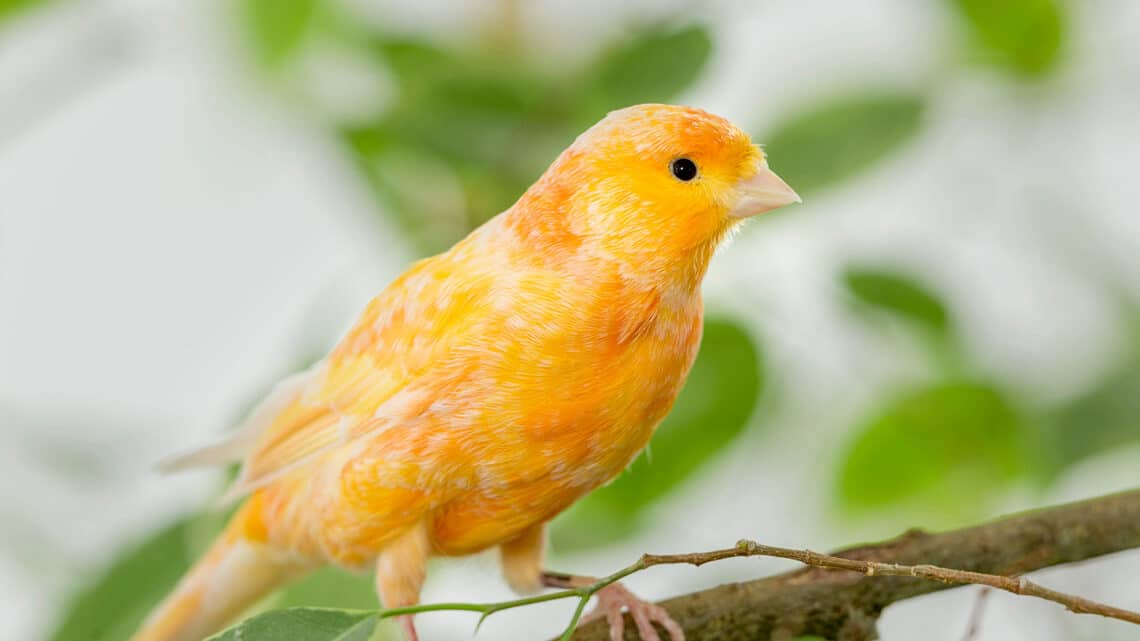
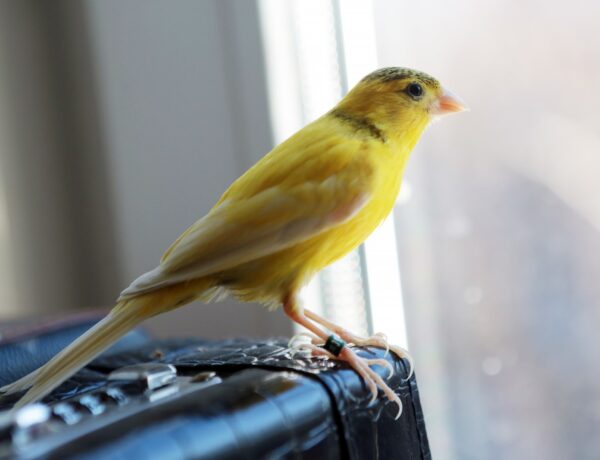

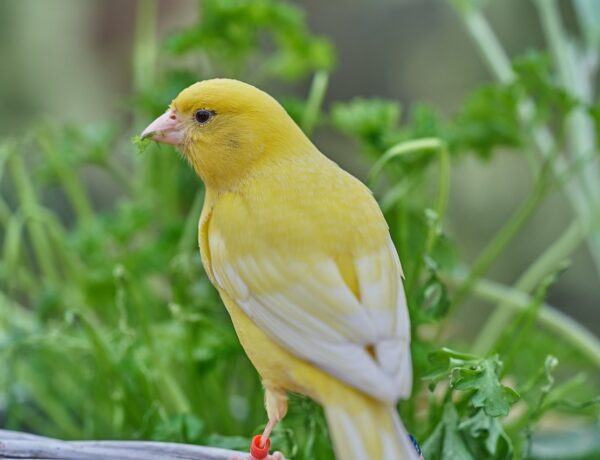
No Comments